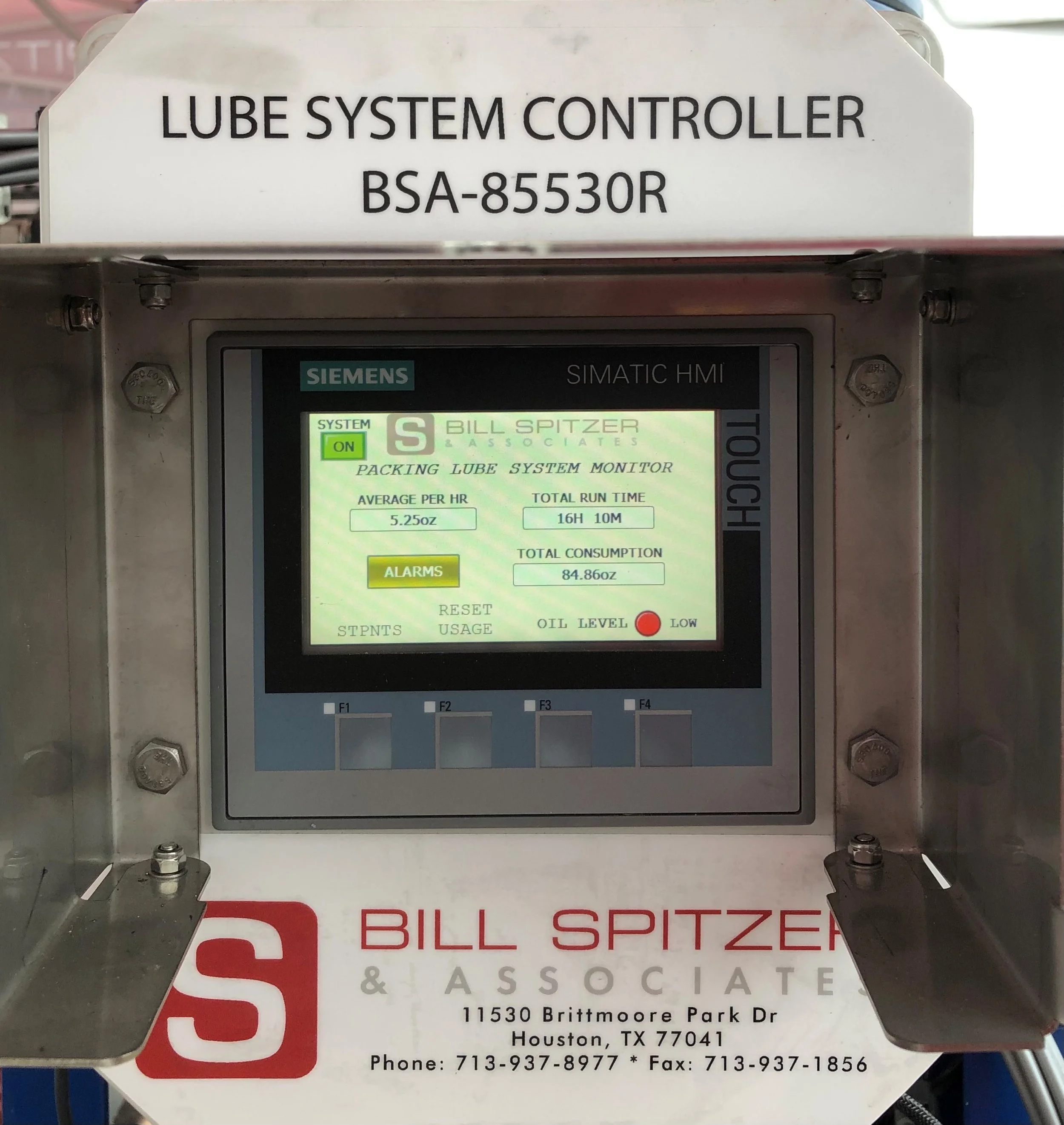Refinery primary compressors typically operate uninterrupted from 3 to 5 years and are only down during a unit turnaround or a non-routine maintenance event. During a turnaround inspection on two, four (4) throw hydrogen compressors at a gulf coast refinery, the refinery’s machine reliability group observed and noted that excess oil was found in compressor valves, downstream bottles, and the process. Additionally, a major concern for the process industry is the carryover of too much oil downstream can affect and contaminate catalyst beds. The machine reliability group assigned to the operating unit contacted Bill Spitzer & Associates for help to analyze circumstances that can affect over lubrication. These discussions led to the following key action steps.
Determine current lube rates of OEM equipment
Specific to the machine’s cylinder and packing points
Based on refinery operating conditions and operating process
Evaluate the OEM supplied divider block system
Formulate a recommendation if re-sizing the existing packing and cylinder lubrication system would be required
Planning: The refinery communicated with the compressor OEM for input and a recommendation on lube rates. As subject matter experts, Bill Spitzer and Associates’ would evaluate the existing lube system design to ensure they are sized appropriately and in line with the OEM’s lube rate recommendation.
Recommendations: The OEM recommended a lube rate reduction near 25% and Bill Spitzer & Associates advised minor changes to the current OEM distribution block design.
Actions Taken: The refinery decided to implement the lube rate reduction from the OEM’s recommendations immediately.
Project Take-a-way: Monitoring, recording, and documenting compressor lubrication rates makes practical and financial sense for all compressor users: refinery, gas transmission station, or gas processing locations. This proactive service by Bill Spitzer & Associates can have measurable benefits, enhanced ma-chine reliability, reduction in operating costs, and improve the environment.
Results:
Lowered lube consumption over 25% on both compressors
Saved over 450 gallons per year in lubricant consumption
Achieved over $5,500 in annual lubricant savings
Reduced the downstream process impact by lubricant being introduced
Met OEM lube recommendations
Improved machine reliability
Decreased lubricant consumption impacts
The final system cycle time goal was about 30 seconds on both machines, effectively reducing the lube rate almost 30%.

